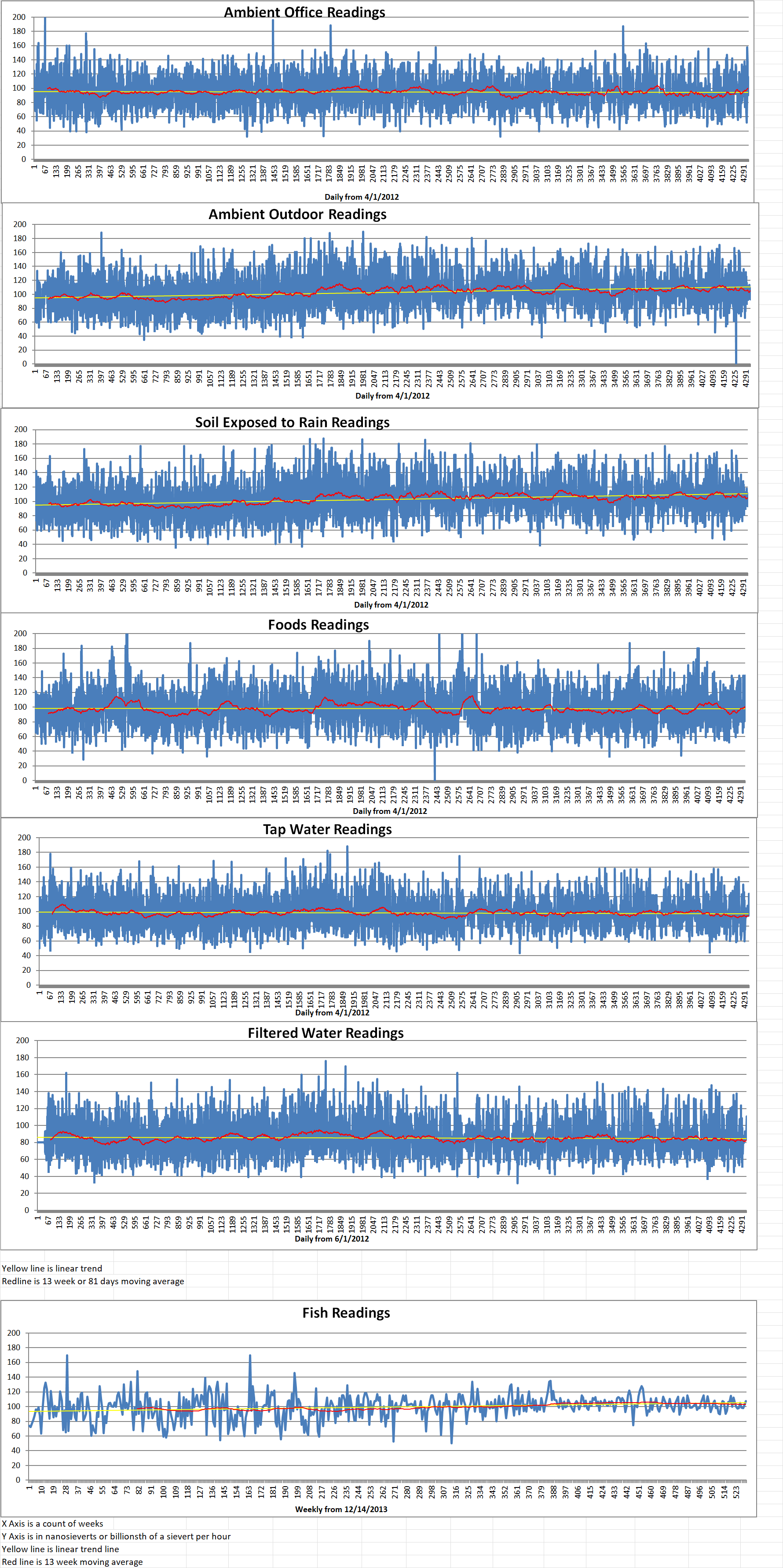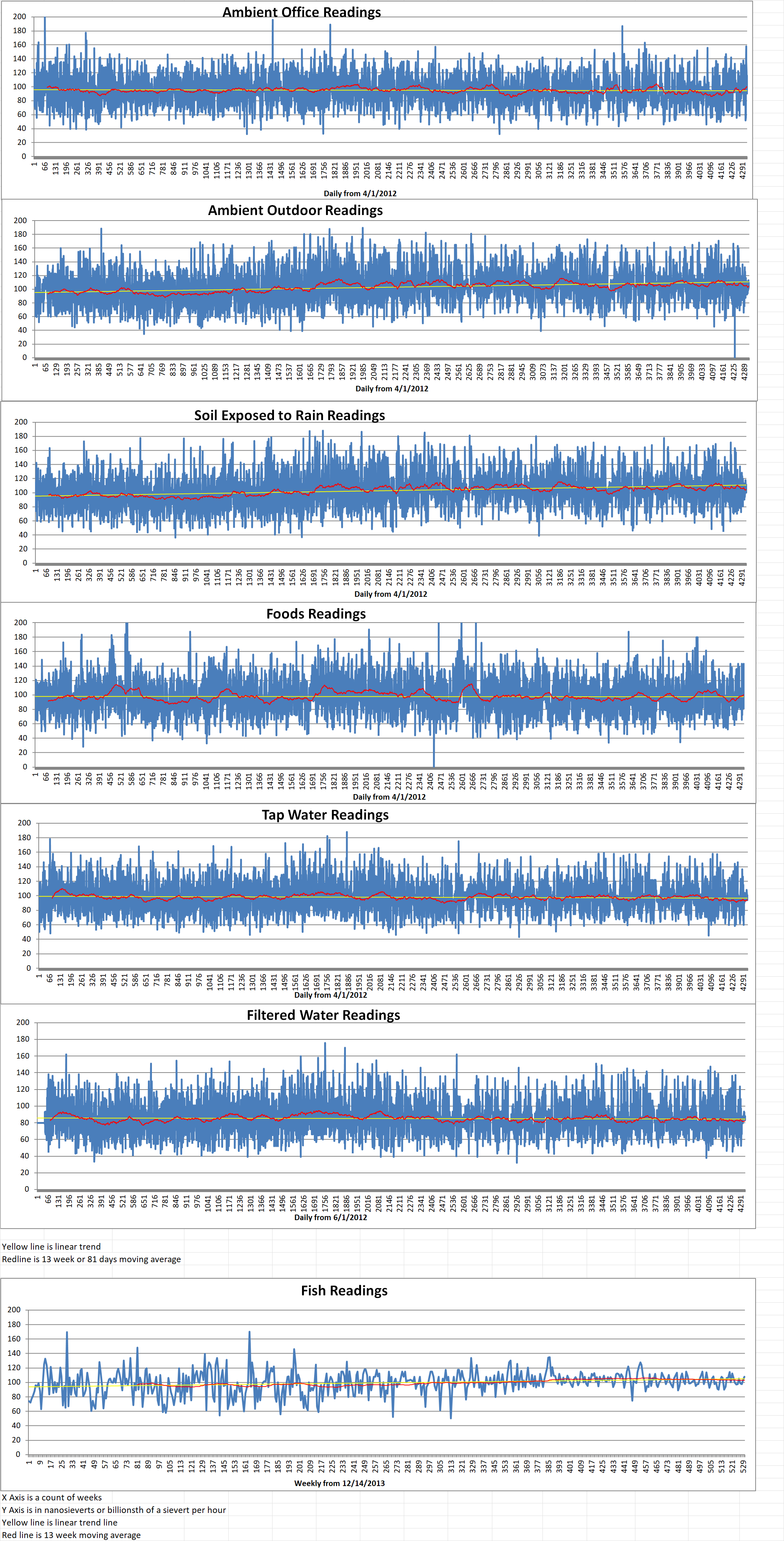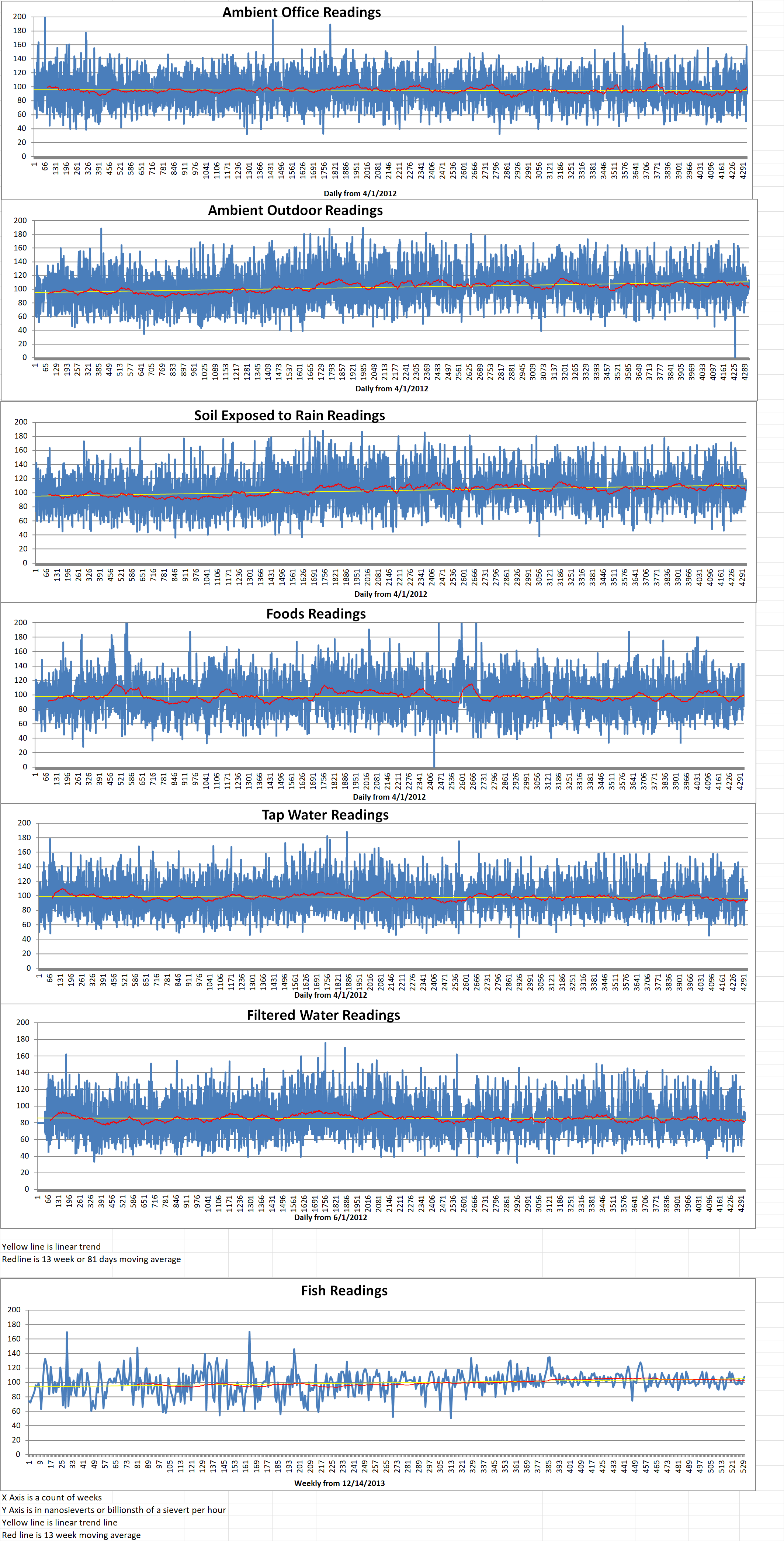“The world’s demand for energy is growing fast, driven by economic development as well as artificial intelligence, high performance computing, and data center requirements. We need energy that is clean, reliable, and affordable.” Deep Fission website
Nuclear power based on the fission reaction can be clean and reliable, but it has been too expensive and the permitting process and construction take too long. New innovations in nuclear technology have the potential to drive costs down. However, many advanced reactors have supply chain problems. This is especially true with regard to High Assay Low Enriched Uranium called HALEU.
A nuclear energy startup that wants to build reactors a mile underground has announced a four-million-dollar pre-seed funding round.
“Deep Fission’s mission is to provide secure, reliable, and affordable nuclear energy to enable a cleaner and brighter energy future. We are a team of nuclear engineers, physicists, geologists, and environmentalists with experience in nuclear and drilling technologies.” Deep Fission website
Deep Fission claims that by using the natural conditions deep under the earth’s surface it can eliminate the need for the large pressure vessels and containment structures required in traditional pressurized water reactor designs. It says that this will significantly reduce costs while improving safety, sustainability, and operational efficiency.
Based in Berkeley, California, Deep Fission was founded last year by father-daughter team Elizabeth and Richard Muller.
Elizabeth Muller is the Deep Fission CEO. She said, “Climate change has accelerated the need for clean energy, and nuclear must be cheaper in order to compete with coal and natural gas. We’ve innovated beyond other reactor designs and engaged early and often with the Nuclear Regulatory Commission to make atomic energy a viable option to power AI, industrial applications, as well as remote communities. We cannot wait to share our findings with the world and do our part to help with the clean energy transition”.
Deep Fission utilizes standard pressurized water reactors. Their design is a fifteen-megawatt modular nuclear microreactor. These reactors use conventional low-enriched uranium fuel and an existing supply chain. They can be placed at a depth of one mile in a thirty-inch borehole. This sidesteps a significant source of delay and concern for other advanced reactor designs.
Deep Fission has raised four million dollars in a pre-seed funding round led by 8VC. The money will be used to accelerate efforts in hiring, regulatory approval, and the commercialization of Deep Fission’s reactor technology.
Joe Lonsdale is managing partner at 8VC. “Cheap energy fuels our prosperity and all our technology. With global demand escalating, we need more options. We invested in Deep Fission because they are engineering a way for nuclear power to be exceptionally safe, cost-effective, and reliable – and far enough underground that hopefully neither war nor regulators can turn it off!”
Deep Fission said it has already met “several important milestones”. These include completing a conceptual design, submitting a regulatory engagement plan, submitting a conceptual design white paper, and a attending a conceptual design review meeting with the U.S. Nuclear Regulatory Commission.






